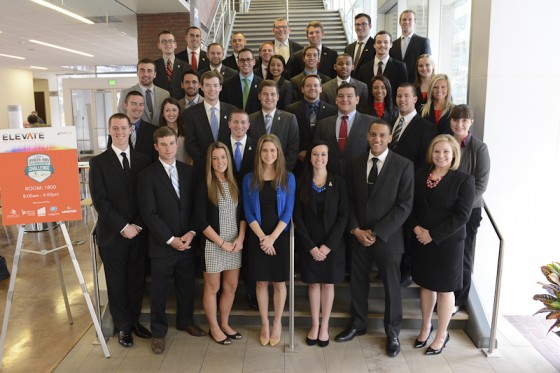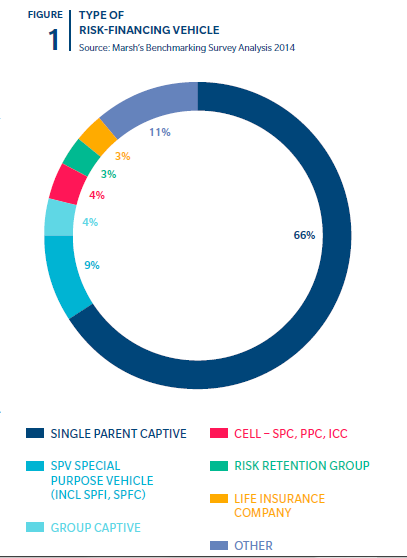Pictured above, left to right, are RIMS Executive Director Mary Roth; Zakia Campbell, vice president, Spencer Educational Foundation and executive vice president, Willis NA; competition winners Cathleen Gabriel, Steven Costa and Martin Leicht; and Carolyn Snow, RIMS president and director of risk management for Humana Inc. Not pictured is winner William Thorsson. Photo by Joseph Zwielich
Four Temple University students are the new winners of the 2014 Spencer-RIMS Risk Management Challenge, a competition that began in January with 15 universities. Each team was presented with a risk management situation—a case study provided by Dan Kugler, the now retired risk manager for Snap-on Inc., and newly hired director of the Center of Risk Management-and Insurance at the University of Wisconsin Oshkosh. Each team was asked to make a presentation to “win” Snap-on’s broker business.
The teams submitted written papers prior to the Denver RIMS conference and the field was narrowed to nine schools. During the conference, the nine schools made oral presentations to a panel of 10 judges and three schools were named finalists: Temple University, Florida State University and Virginia Commonwealth University. Those finalists presented one last time in front of risk professionals at the conference.
The second-place winner of the challenge was Florida State University and the third-place team was Virginia Commonwealth University.
The first-place university received 00, second ,000 and third ,000.
Kugler noted, “It was exciting to see a large contingent of colleges participating. This is like the Super Bowl for risk management and insurance! The RIMS conference was a great place for the students to demonstrate their abilities, and I only can see this competition growing. I was very pleased with how they analyzed Snap-on in a broad case study.”
Cathleen Gabriel, a senior from Temple University, a member of the winning team and one of 35 students who competed in the challenge said, “Looking back at my academic career, I never expected to compete and present on a national level.” She described working with teammates Martin Leicht, Steven Costa and William Thorsson as “an amazing experience in itself. I am very excited for each of our respective professional careers, especially after I have seen the work ethic and quality of each person.
Two weeks shy of graduation, competing and winning the Spencer-RIMS Risk Management Challenge is a tremendous way to end a remarkable college career!” The team’s academic adviser was Michael McClosky.
Brion Callori, the newly-elected chairman of the Spencer Educational Foundation, said, “We are pleased to have provided RIMS with a grant to hold the risk management challenge. The competition showcased the knowledge, skills and abilities of tomorrow’s industry leaders and at the same time, provided the participants with a tremendous learning opportunity. The students from all 15 schools were well-prepared and insightful, and we congratulate Temple University on winning this distinguished competition.”
RIMS Executive Director Mary Roth said the Challenge is “an engaging way to showcase the brilliant minds of these future industry leaders.” In addition to providing students with a platform to show off their risk management talents, the competition “is also a reminder to established professionals at our conference about the importance of supporting the next generation of risk professionals.”
Finalists of the Spencer-RIMS Risk Management Challenge. Photo by Joseph Zwielich




